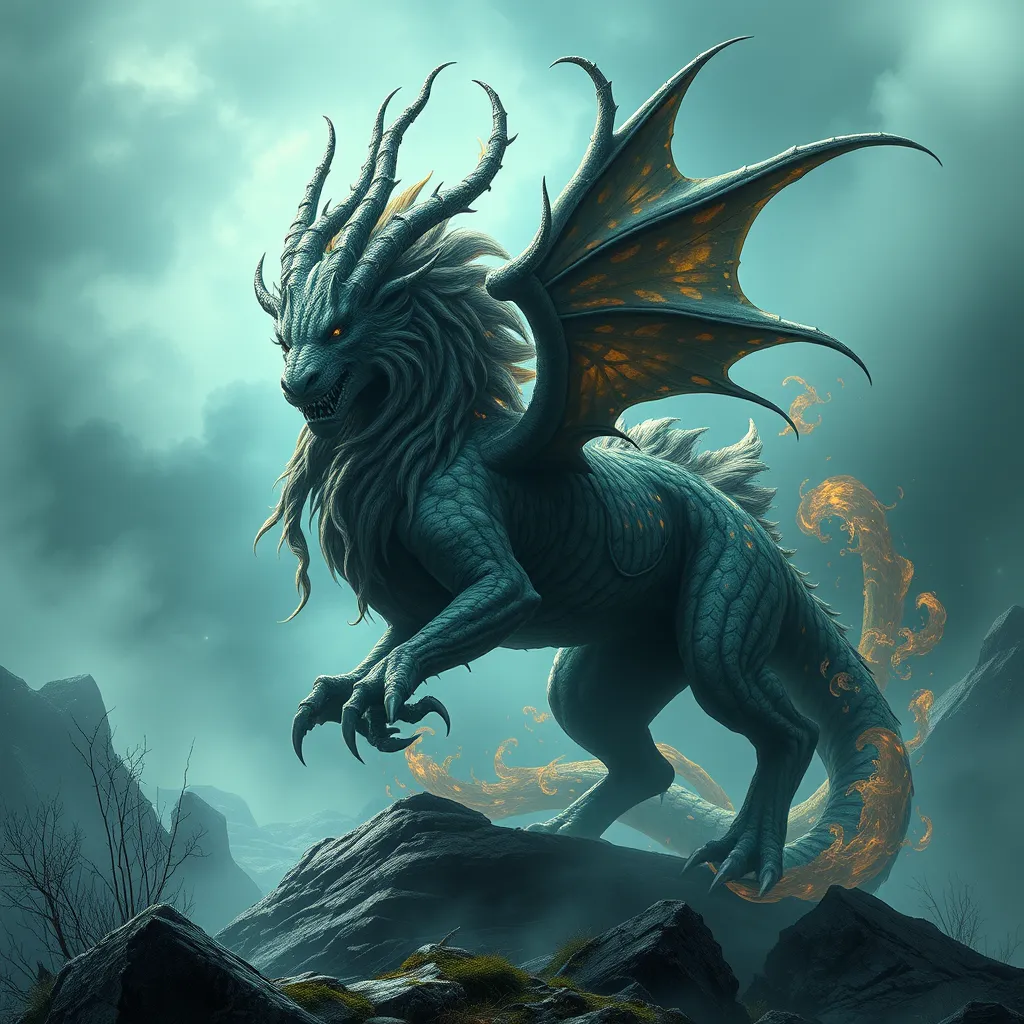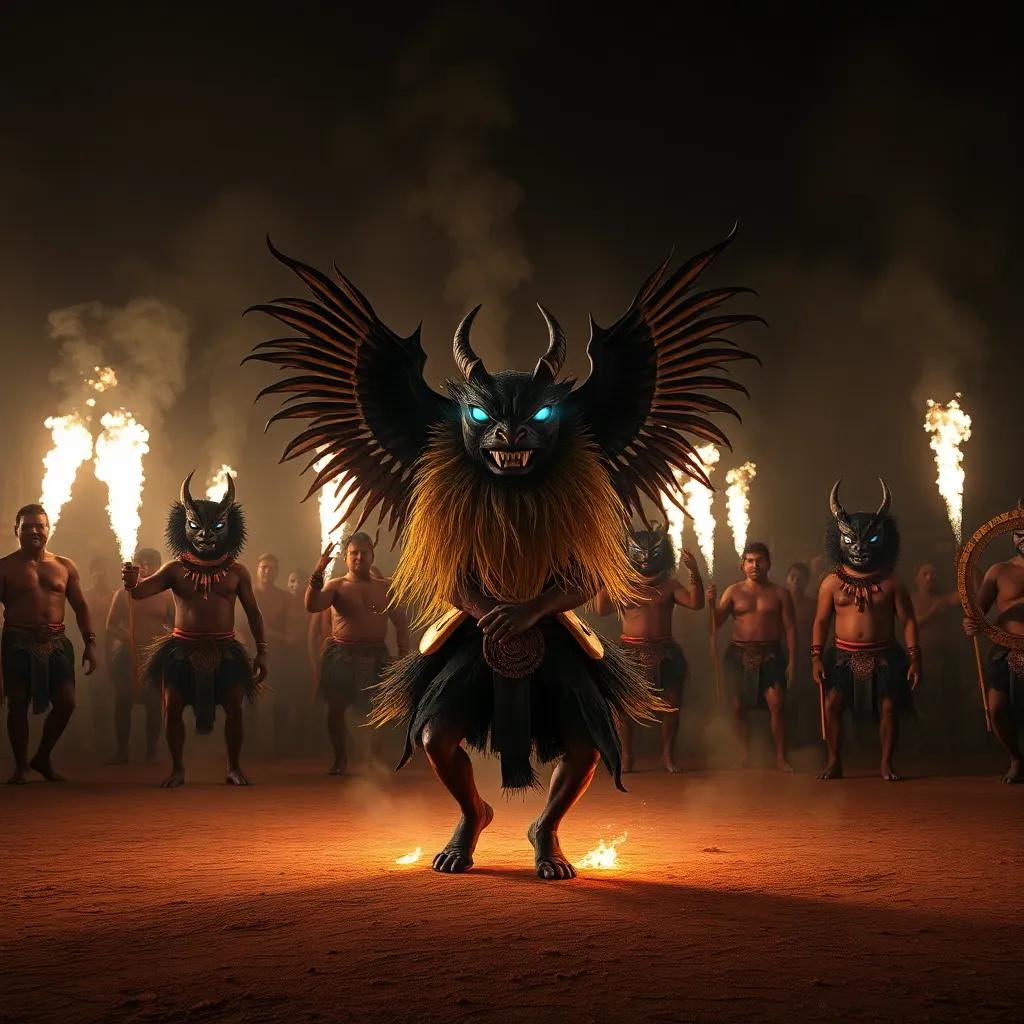Beyond Dracula: Exploring Other Vampire Myths from Eastern Europe
I. Introduction
The vampire mythos has captivated audiences for centuries, evolving through tales of horror and intrigue to become a staple of popular culture. From Bram Stoker’s seminal work, “Dracula,” to modern interpretations in films and literature, the depiction of vampires has been largely shaped by a singular narrative that often overshadows the rich tapestry of vampire lore found across Eastern Europe.
This article aims to delve into the lesser-known vampire myths that exist beyond the iconic figure of Dracula, exploring the unique characteristics and cultural significance of various Eastern European vampire legends.
II. The Historical Roots of Vampire Legends
The roots of vampire legends can be traced back to ancient beliefs in the undead. Different cultures have developed their own interpretations of what it means to return from the grave, often influenced by local customs and fears.
- In many Eastern European societies, folklore and superstition played a significant role in shaping the narrative surrounding the undead.
- These beliefs evolved over centuries, incorporating elements from religious practices, historical events, and social anxieties.
Vampire myths often served to explain unexplained phenomena, such as disease and death, providing a way for communities to cope with the unknown.
III. The Strigoi: The Romanian Vampire
One of the most notable figures in Eastern European vampire lore is the Strigoi, a type of undead creature from Romanian mythology.
A. Description and characteristics of Strigoi
Strigoi are said to be the restless spirits of the dead who return to prey on the living. They possess various characteristics:
- They can transform into animals, particularly wolves or cats.
- Strigoi are believed to have the ability to drain the life force from their victims.
- They often arise from the graves of individuals who led sinful lives or died a violent death.
B. Cultural significance and rituals associated with Strigoi
In Romanian culture, the Strigoi holds significant importance. Various rituals are performed to prevent a loved one from becoming a Strigoi, including:
- Placing a cross on the corpse.
- Staking the body with a wooden stake.
- Creating protective charms and amulets.
C. Comparison with the Western vampire archetype
While the Strigoi shares some similarities with the Western vampire archetype, such as its thirst for human blood, it is rooted in a unique cultural context that emphasizes the consequences of moral failure and societal norms.
IV. The Vrykolakas: The Greek Vampire
In Greece, the Vrykolakas is a well-known figure that embodies the fears associated with the undead.
A. Origins and features of the Vrykolakas myth
The Vrykolakas is said to arise from individuals who have died under specific circumstances, such as excommunication from the church or having been buried in unconsecrated ground. Key features include:
- Ability to rise from the grave and roam at night.
- Attacking individuals, particularly those who are weak or ill.
B. The role of the Vrykolakas in Greek folklore
In Greek folklore, the Vrykolakas serves as a cautionary tale, warning against the consequences of leading a sinful life. It is often invoked in stories to explain mysterious deaths or misfortunes in a community.
C. Rituals and practices to ward off the Vrykolakas
To protect against the Vrykolakas, various rituals are practiced, such as:
- Burial with a cross and a holy icon.
- Conducting special prayers and blessings to protect the living.
V. The Upir: The Slavic Vampire
The Upir is another fascinating vampire from Slavic folklore, with unique traits that distinguish it from its counterparts.
A. Description and unique traits of Upir
The Upir is often depicted as a being that can transform into a wolf or bird and is known for its insatiable hunger for blood. Characteristics include:
- Ability to suck the life force from victims.
- Often associated with witchcraft and sorcery.
B. Regional variations and representations across Slavic countries
Different Slavic countries have their interpretations of the Upir, leading to a variety of representations in folklore:
- In Russia, Upirs are sometimes viewed as more human-like.
- In Poland, they are often associated with female witches.
C. Historical accounts and modern interpretations
Historical accounts of Upir sightings have been documented in various texts, and modern interpretations often blend traditional beliefs with contemporary horror narratives.
VI. The Nosferatu: The Carpathian Legend
The term Nosferatu has become synonymous with the vampire genre, largely due to its usage in literature and film.
A. Distinction between Nosferatu and traditional vampires
Nosferatu is often depicted as a more grotesque version of the vampire, characterized by:
- Pale skin and elongated features.
- A more feral and animalistic behavior compared to the suave Western vampire.
B. Its impact on literature and film
The 1922 film “Nosferatu,” directed by F.W. Murnau, introduced audiences to a new interpretation of the vampire mythos, influencing countless adaptations and remakes in the horror genre.
C. The Nosferatu as a symbol of fear and the unknown
Nosferatu represents the primal fears surrounding death and the unknown, serving as a powerful symbol in Gothic literature and cinema.
VII. Modern Interpretations and Adaptations
Eastern European vampire myths have significantly influenced contemporary media, inspiring a resurgence of interest in folklore.
A. How Eastern European vampire myths have influenced contemporary media
Modern films, books, and art often draw from these rich traditions, reinterpreting age-old tales for new audiences.
B. Analysis of films, books, and art inspired by these myths
Examples of modern adaptations include:
- Films like “Let the Right One In,” which incorporates elements of various vampire myths.
- Books such as “The Historian” that explore the historical roots of vampire lore.
C. The resurgence of interest in folklore and cultural heritage
As people seek to reconnect with their cultural heritage, there is a growing interest in the rich tapestry of Eastern European folklore, including vampire myths.
VIII. Conclusion
The exploration of vampire myths beyond Dracula reveals a diverse array of stories that reflect cultural fears, societal norms, and historical experiences. From the Strigoi of Romania to the Vrykolakas of Greece, these legends enrich our understanding of the undead and their significance in Eastern European folklore.
Preserving and sharing these stories is crucial to maintaining cultural heritage and fostering a deeper appreciation for the folklore that shapes our understanding of the world. We invite readers to explore and engage with these captivating tales, discovering the fascinating vampire myths that lie beyond the shadow of Dracula.




